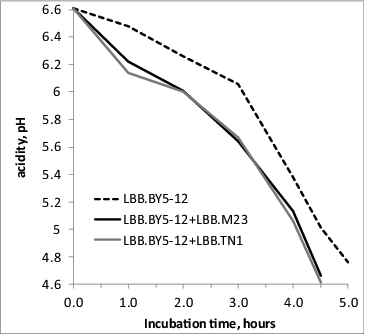Figures & data
Figure 1. Fast-growing yellowish colonies formed by fast-acidifying S. thermophilus strains LBB.TN1, LBB.M23 and LBB.M60 on milk agar, supplemented with beta-glycerophosphate and bromocresol purple.[Citation6]
![Figure 1. Fast-growing yellowish colonies formed by fast-acidifying S. thermophilus strains LBB.TN1, LBB.M23 and LBB.M60 on milk agar, supplemented with beta-glycerophosphate and bromocresol purple.[Citation6]](/cms/asset/7a4edeef-5b56-41a0-b24a-5570639ce99d/tbeq_a_966233_f0001_c.jpg)
Figure 2. SmaI-macrorestriction profiles of fast-acidifying S. thermophilus isolates, corresponding to strains LBB.TN1, LBB.M34, LBB.M23 and LBB.M60. M-PFGE DNA size standard.
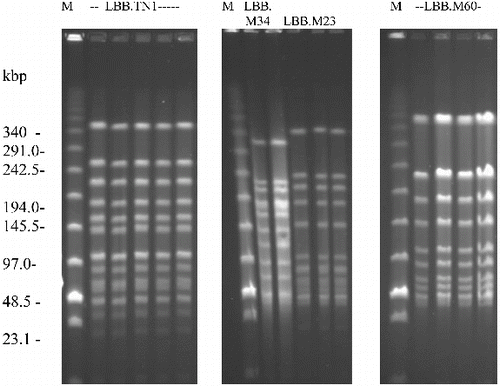
Figure 3. Amplification product obtained with primers specific for the membrane proteinase prtS gene in S. thermophilus strain LBB.TN1 against a negative control culture S. thermophilus LBB.A. M- 100 bp ladder DNA size marker.
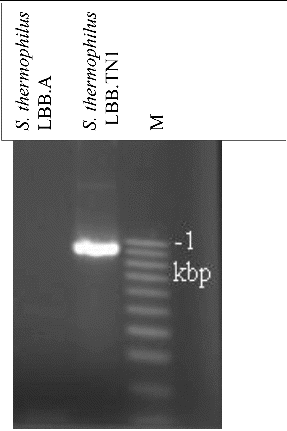
Figure 4. Comparison of the proteolytic activity of four fast-acidifying S. thermophilus strains LBB.TN1, LBB.M23, LBB.M34 and LBB.M60 and a control S. thermophilus strain LBB.A. Error bars represent the standard deviation (n = 4).
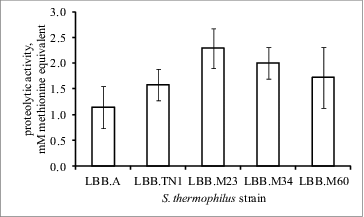
Figure 5. Typical acidification curve of fast-acidifying S. thermophilus strains, here represented by LBB.TN1, compared to a control industrial S. thermophilus strain LBB.A.
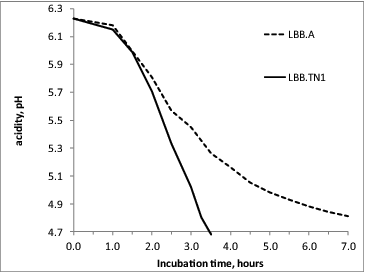
Figure 6. Acidification rate of freeze-dried yoghurt starter for direct application LBB.BY5-12, used in its original form or supplemented with an adjunct culture of fast-acidifying S. thermophilus strains LBB.M23 or LBB.TN1.
